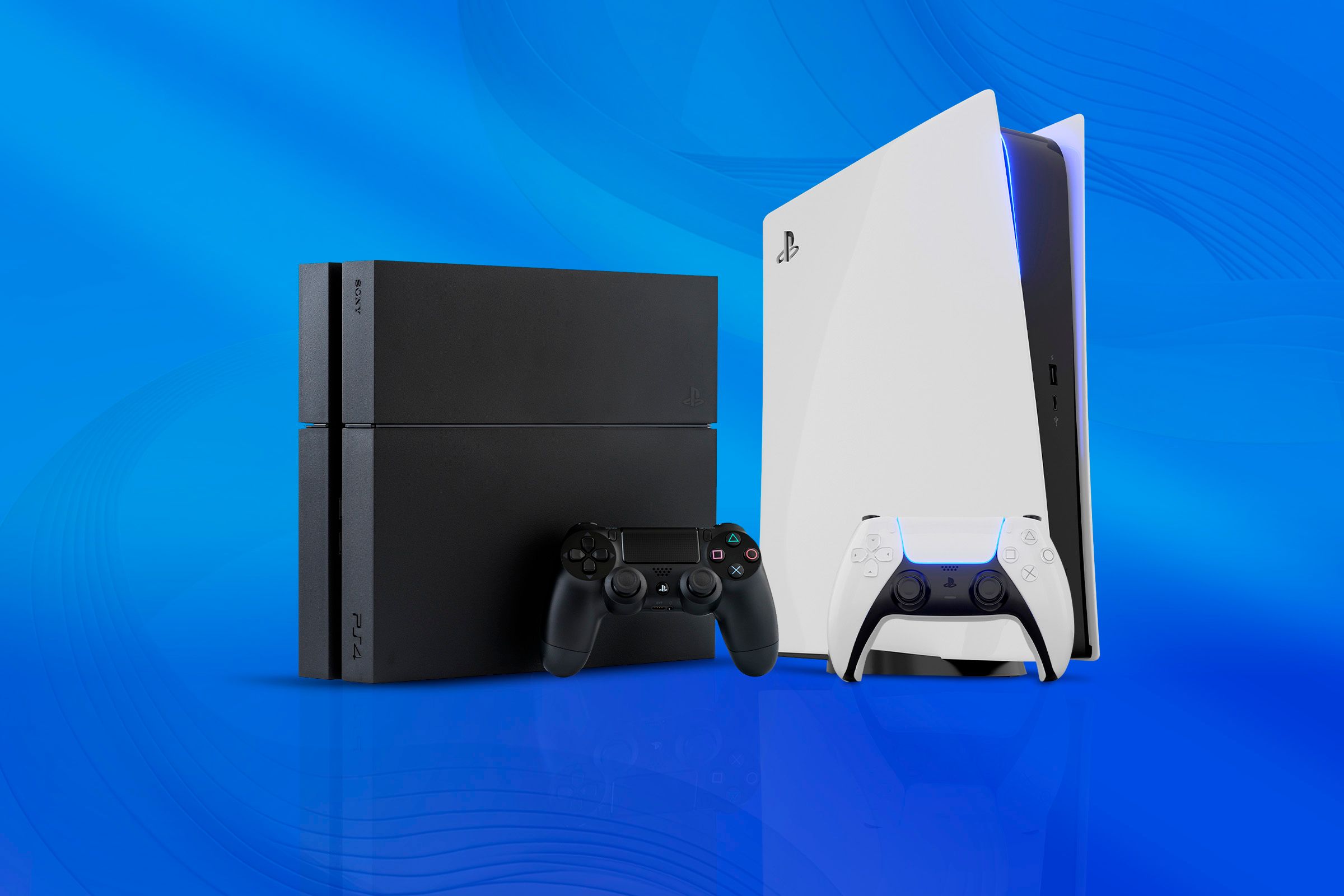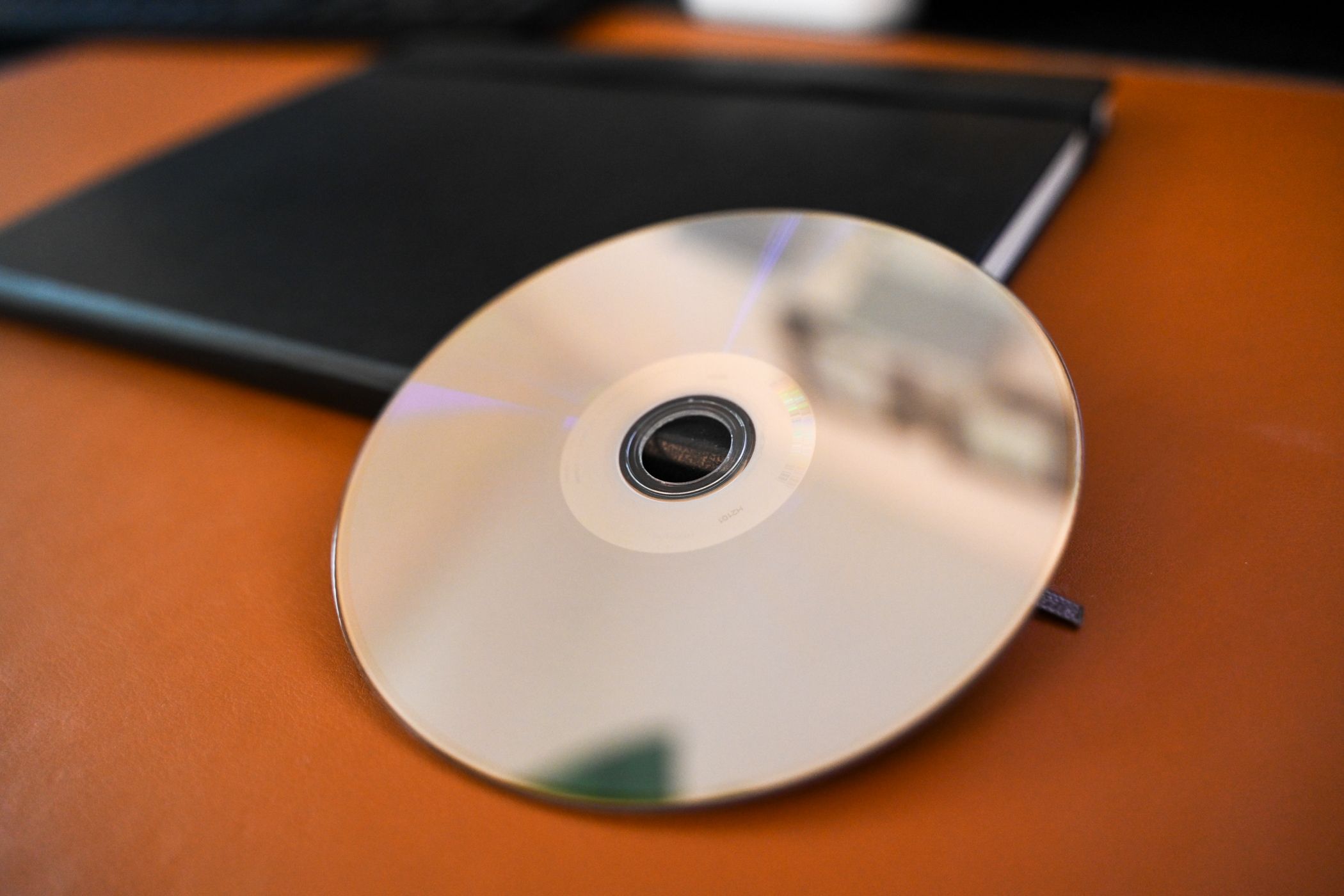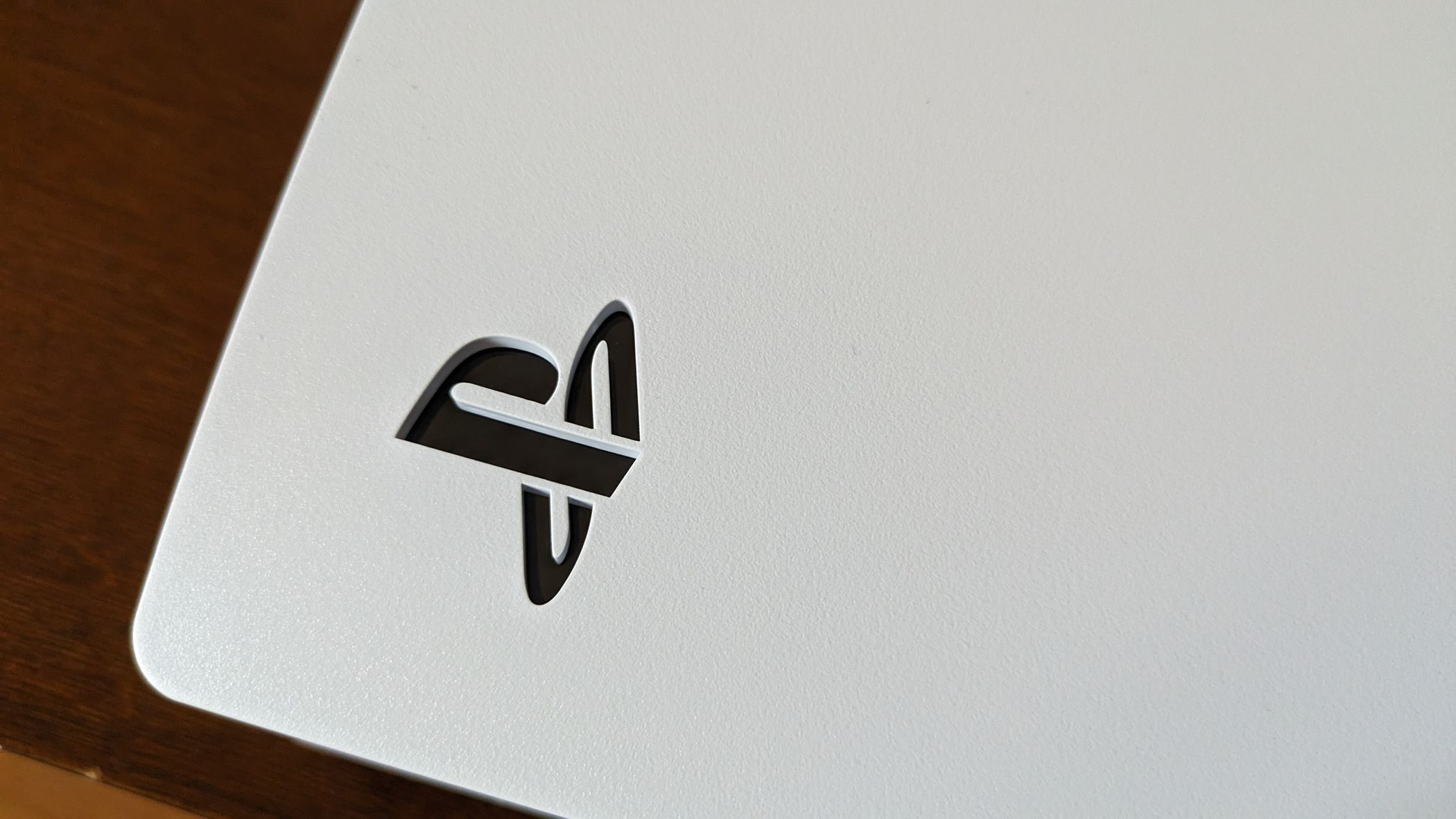
PS5 Pro Release on Horizon; However, Many Gamers Are Happy with Their Current PS4 Systems

PS5 Pro Release on Horizon; However, Many Gamers Are Happy with Their Current PS4 Systems
Key Takeaways
- Why spend hundreds on a new console when I can enjoy previous-gen games at bargain-bin prices?
- Until this year, most PS5 games also received a PS4 release.
- The PS5 Pro’s enhancements, which are still just rumors, aren’t very exciting.
We’re closing in on the PS5’s fourth anniversary. Rumor has it that a “Pro” version of the console will arrive in time for the holiday season, but I couldn’t care less. My PS4 Pro still fulfills all of my gaming needs.
I’m Still Working Through All the Great PS4 Games
At launch, the PS5 was practically impossible to find. Retailers began locking their PS5 inventory behind expensive subscriptions , effectively acting as scalpers. Journalists and bloggers tried to cash in on the situation by pushing clickbaity headlines—“How to Get a PS5 in Time for Christmas!”—and the U.S. government warned consumers of PS5 scams as it scrambled to address supply chain shortages .
The PS5’s growth was stunted by its limited availability. Developers understood that the console, while popular, would not see mass adoption for several years. So, games released for PS5 were also sold on PS4. This isn’t an unusual tactic when transitioning between console generations (and it’s easier now than it was in previous generations, as Sony is sticking with the x86 architecture), but the cross-release strategy went on for an unprecedented length of time. Almost every PS5 game sold before 2024 received a PS4 release, and some new titles are still finding their way to the old console.

Hannah Stryker / How-To Geek
If I want to play a current-gen console game, there’s a good chance that I can do so on my PS4 Pro. Plus, there’s a decades’ worth of games on the PS4 that I never got around to playing. AAA titles that sold for $60 just a few years ago now cost between $5 and $20, even when buying from retailers like GameStop or Walmart. Why spend $400 on a console and $60 on new games when I can buy a stack of cheap classics with pocket change?
I’m willing to play devil’s advocate a bit. The standard PS5 is more graphically capable than the PS4 Pro and offers an enhanced experience for my old, cheap PS4 games. Sony will take things to the next level with the PS5 Pro, which is rumored to support DLSS-like AI upscaling and enhanced ray tracing. You could also argue that some new games, like Cyberpunk 2077, aren’t worth playing on the PS4 due to poor optimization.
But do I care about a minor graphical upgrade? No, and if I did, I’d already own a standard PS5. As for games like _Cyberpunk 2077_—well, I’ll upgrade to a new game console at some point. It’s no rush.
The PS5 Pro Rumors Are Boring
Every successful game console experiences a mid-life or end-of-life hardware refresh. This tradition goes back to the late 1970s and has touched every home video console generation.
But the concept of a “Pro” console refresh didn’t begin until the eighth console generation. Before the PS4 and Xbox One, a hardware facelift was mainly intended to reduce a console’s size or price. Offering a more powerful or graphically-capable version of a console (while maintaining game compatibility) wasn’t completely unheard of, but it didn’t become a trend until the 2010s. (To be clear, add-on products like the N64 Expansion Pack or Sega 32X don’t count as a “hardware refresh.”)
The PS4 Pro upgrade was borne out of three things—necessity, convenience, and money. We entered the 4K era shortly after the PS4’s launch, and Sony felt the need to address this problem with a 4K-capable version of its flagship console. Because the PS4 is based on the x86 architecture, this was a far easier task than it would have been in previous generations. And gamers who already owned a PS4 console were willing to hand Sony several hundred dollars for a mid-generation graphics upgrade.

Kris Henges / How-To Geek
In retrospect, the PS4 Pro upgrade wasn’t a necessity. Only about 3% of U.S. households owned a 4K TV in 2016, and 4K adoption crawled through the remainder of the 2010s (that 3% figure finally reached 50% last year). Yeah, you could set the PS4 Pro in “performance mode” for a more consistent frame rate, and it offered some minor graphical improvements in 1080p, but most people would have been just as happy with a PS4 Slim. I couldn’t even enjoy the full benefits of my PS4 Pro until a year or two ago (and I was disappointed by the half-baked 4K upscaling in most games).
We’re still waiting for Sony to reveal the PS5 Pro. But rumors suggest that the console will offer enhanced ray tracing, a DLSS-like AI upscaling algorithm that brings games up to 8K (while introducing a few milliseconds of latency), and a 60FPS “performance” mode à la PS4 Pro. Per Digital Trends , a game can be labeled as “PS5 Pro Enhanced” by implementing just one of these graphical upgrades. Whether ray tracing, 8K upscaling, and 60FPS modes can be used concurrently is unknown.
Very few people can take advantage of 8K video. An 8K TV currently costs about $2,500, and 8K TVs account for less than 1% of TV sales. So, for most people, the PS5 Pro upgrade is just a frame rate enhancement and a boost in ray tracing quality (though, again, it’s up to developers to implement this stuff). I’m sure that the PS5 Pro will encourage 8K TV adoption, but 8K TVs won’t be ubiquitous until several years from now. By that time, we may be celebrating the PS6 Pro launch.
When the Time Comes, I’ll Get a Used PS5

Hannah Stryker / How-To Geek
I was very excited about the eighth console generation and got an Xbox One shortly after its launch. Not only did I hate the console, but I forced myself to spend $60 on crappy launch titles. It left a sour taste in my mouth.
By the time the eighth console generation hit its stride, I had already sold my Xbox One to a friend. I became a casual PC gamer with a backlog of unplayed Steam purchases. These were mostly older titles that I had missed from the seventh console generation, of course.
The PS4 Pro didn’t enter my life until 2021. My boss had just purchased a PS5, so I bought his old PS4 Pro (plus some accessories) for a very reasonable price. Some of the best games on PS4 were already half a decade old, and they were exceptionally cheap. Patience paid off.
We’ve finally reached the point where new PS5 games do not receive a concurrent PS4 release. In any case, I don’t plan on buying a PS5 until I can find a disc model with over 1TB of storage for under $300. Unless I come across a very desperate college kid on Facebook Marketplace, I’ll be using my PS4 Pro for many years to come.
Also read:
- [Updated] Scaling Video Size Without Quality Loss on YouTube
- [Updated] Unleashing Your Device' Writers Step-by-Step Tutorial for Custom Ringtones and Sounds on Android
- Affordable Premium Viewing with the Caixun 4K Android TV: An In-Depth Look at the 75-Inch Model
- AI-Assisted Creativity The Best Name Makers for Pods
- Exclusive Look at the Raspberry Pi Ebox: Uniting Laptop and Keyboard Features
- Expert Picks: The Leading Wi-Fi Extenders Dominating 2024
- Fall Update: Exciting New Capabilities Announced for Select Apple AirPod Models - Detailed Review by TechRadar
- Find Your Perfect Tablet: Understanding The 8 Crucial Criteria To Review Beforehand
- Fixed Incompatibility: N Adapter Now Works in Windows
- How to Recover Vanished Desktop Symbols in Windows 11 [FIXED]
- Mobvoi TicWatch Pro 3
- New The Pros and Cons of Using VN Video Editor Pro for Your Videos for 2024
- Stellar Repair for Photo 8 Windows Version: A Step-by-Step Ordering Process
- The New Frontier in Small Computing: A Deep Dive Into the Raspberry Pi 400 Review
- Ultimate Guide to The Fastest Routers: Spotlight on Netgear's Nighthawk RAX120
- Title: PS5 Pro Release on Horizon; However, Many Gamers Are Happy with Their Current PS4 Systems
- Author: Scott
- Created at : 2024-12-07 07:16:07
- Updated at : 2024-12-10 16:27:24
- Link: https://buynow-info.techidaily.com/ps5-pro-release-on-horizon-however-many-gamers-are-happy-with-their-current-ps4-systems/
- License: This work is licensed under CC BY-NC-SA 4.0.